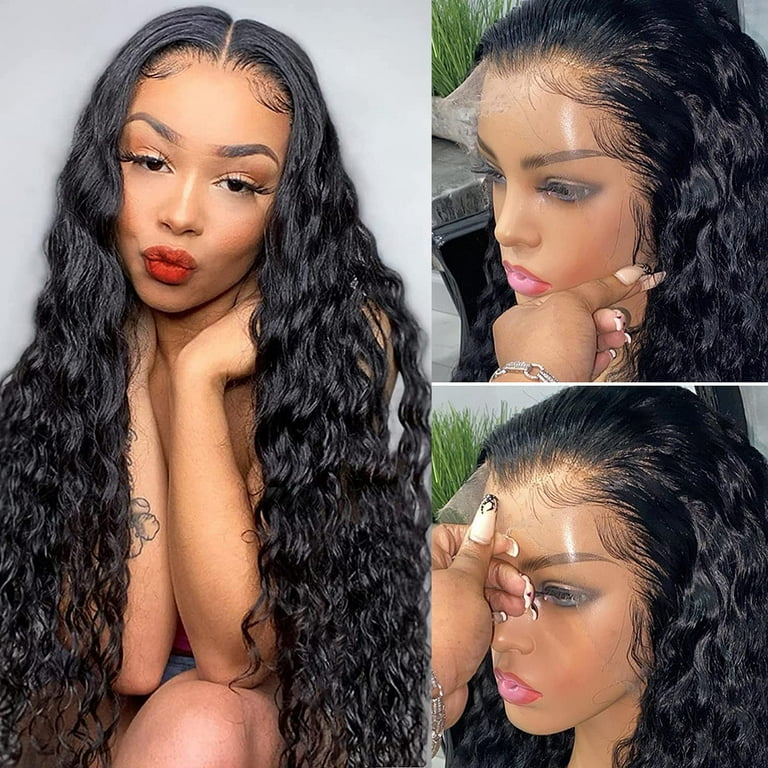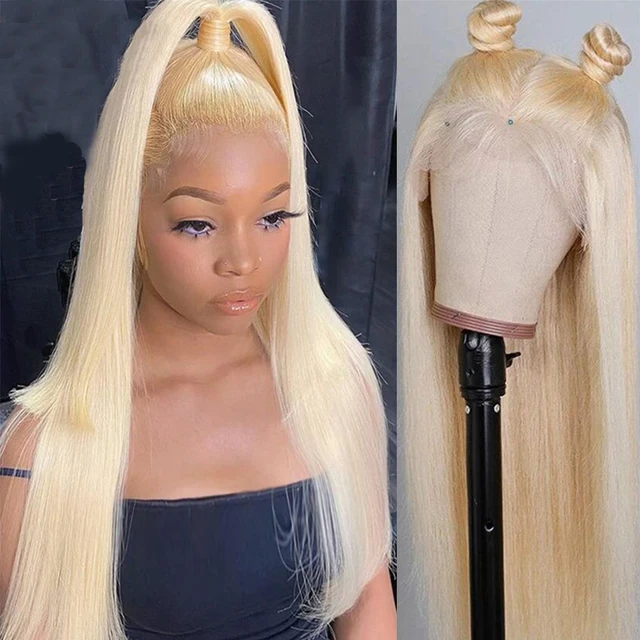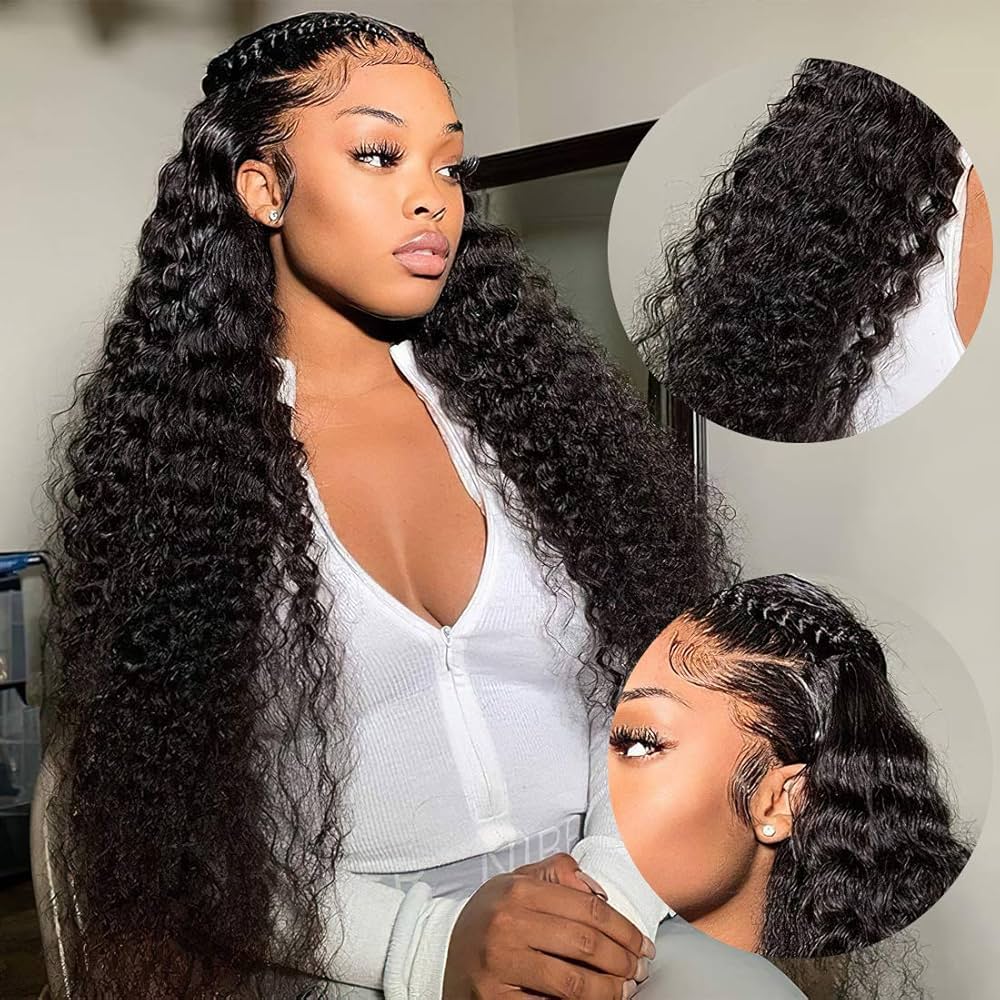
Human Hair Wig Maintenance: Proper Washing Techniques
Understanding the Importance of Proper Wig Care
Human hair wigs represent a significant investment in both style and confidence. These versatile accessories require proper care to maintain their natural appearance and longevity. Regular washing plays a crucial role in preserving the wig’s quality, preventing tangles, and ensuring a fresh, clean look. How to wash wigs human hair?Unlike synthetic wigs, human hair wigs demand special attention due to their delicate nature and similarity to natural hair. Proper washing techniques remove accumulated dirt, oils, and styling products that can weigh down the wig and make it appear dull.
Furthermore, clean wigs are less prone to tangling and matting, which can lead to hair loss and reduced lifespan. By establishing a consistent washing routine, wig wearers can enjoy their human hair wigs for an extended period, maximizing their investment. Additionally, clean wigs provide a more comfortable wearing experience, reducing itchiness and irritation that may result from built-up residue. Understanding the importance of proper wig care empowers users to maintain the beauty and integrity of their human hair wigs, ensuring they look and feel their best for every occasion.
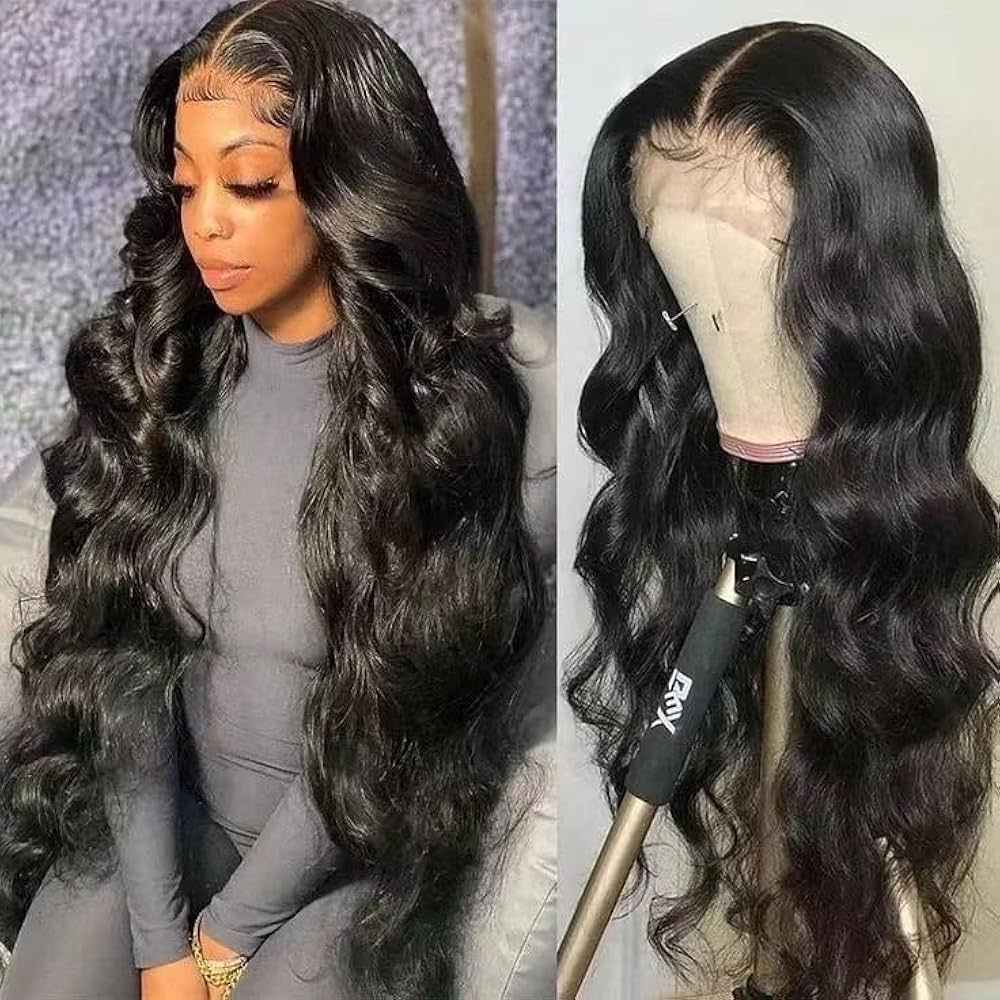
Gathering the Necessary Supplies
Before embarking on the wig washing process, gathering the appropriate supplies proves essential for achieving optimal results. Start by selecting a mild, sulfate-free shampoo specifically formulated for human hair wigs. These gentle cleansers effectively remove dirt and oils without stripping the hair of its natural moisture. Next, choose a moisturizing conditioner designed for human hair wigs to keep the strands soft and manageable. How to wash wigs human hair?A wide-toothed comb or specialized wig brush helps detangle the hair before and after washing, minimizing breakage and maintaining the wig’s style.
Prepare a clean sink or basin for washing, ensuring it’s free from any residue that could transfer to the wig. Secure a soft, lint-free towel for blotting excess water after washing. Additionally, gather wig clips or pins to section the hair during the washing process, if necessary. For those who prefer to air-dry their wigs, a wig stand or Styrofoam head provides a stable base for drying and styling. By assembling these essential supplies beforehand, wig wearers can streamline the washing process and ensure they have everything needed for proper care and maintenance of their human hair wigs.
Preparing the Wig for Washing
Proper preparation sets the foundation for a successful wig washing experience. Begin by gently detangling the wig using a wide-toothed comb or wig brush. Start at the ends and work your way up to the roots, carefully removing any knots or tangles. This step prevents further tangling during the washing process and minimizes hair loss. Next, section the wig into manageable parts using wig clips or pins, if desired. How to wash wigs human hair?This technique allows for more thorough cleaning and prevents the hair from becoming matted during washing.
If the wig has a lace front or monofilament top, take extra care to avoid snagging or damaging these delicate areas. For heavily styled wigs, consider using a pre-shampoo treatment to help break down any built-up styling products. Fill a clean sink or basin with cool to lukewarm water, avoiding hot water which can damage the hair and affect the wig’s structure. Add a small amount of wig shampoo to the water and gently swish to create a mild lather. By taking the time to properly prepare the wig for washing, wearers ensure a more effective cleaning process and help maintain the wig’s overall health and appearance.
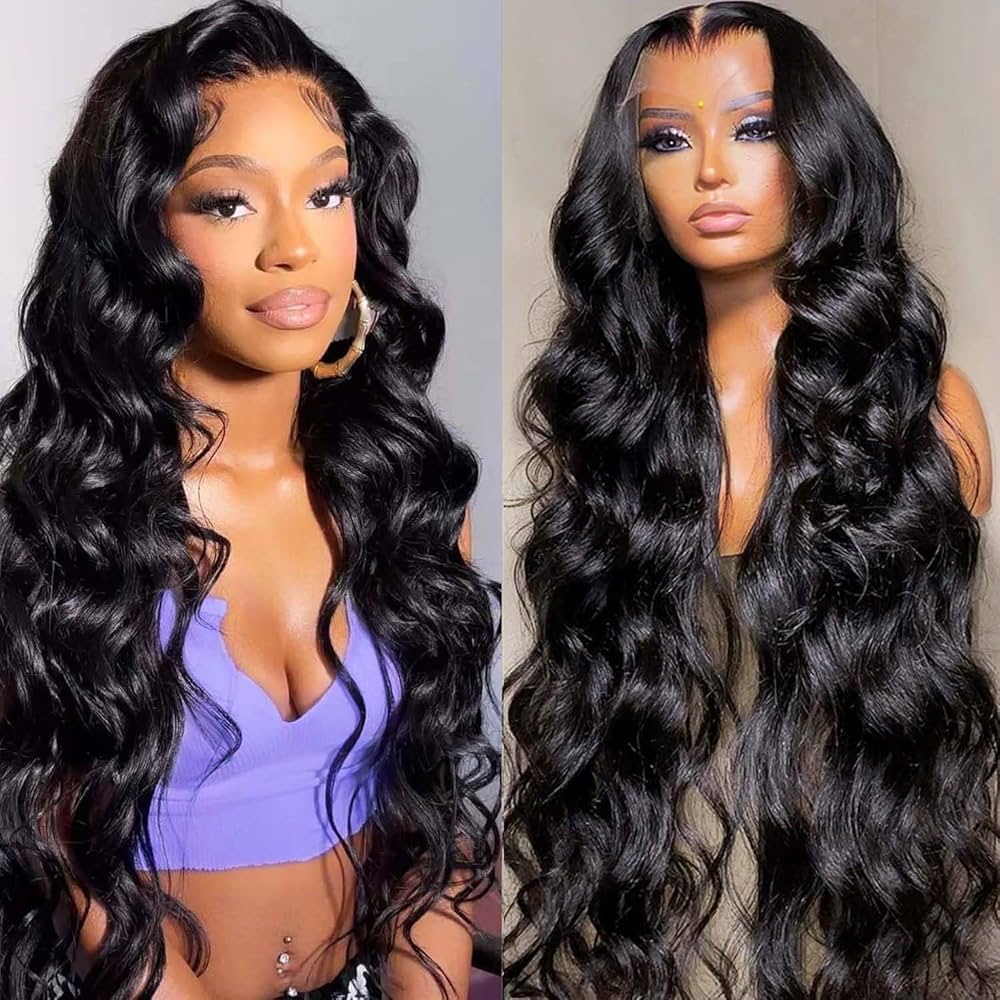
The Washing Process
Once the wig is prepared and the washing station is set up, it’s time to begin the actual cleaning process.How to wash wigs human hair? Gently submerge the wig in the soapy water, taking care not to rub or twist the hair. Instead, use a gentle patting motion to work the shampoo through the wig, focusing on the cap area where oils and dirt tend to accumulate. Pay special attention to any areas that come into contact with the skin, such as the nape of the neck and around the ears. For longer wigs, gently squeeze the shampoo through the lengths of the hair, working from roots to ends.
Avoid scrubbing or aggressive manipulation, which can cause tangling and damage to the delicate hair fibers. After thoroughly cleansing the wig, drain the soapy water and refill the basin with clean, cool water for rinsing. Gently swish the wig in the clean water to remove all traces of shampoo. Repeat the rinsing process until the water runs clear and no soap residue remains. Throughout the washing process, handle the wig with care to maintain its shape and prevent unnecessary stress on the hair and cap construction. By following these gentle washing techniques, wig wearers can effectively clean their human hair wigs while minimizing the risk of damage or premature wear.
Conditioning for Softness and Manageability
After thoroughly washing the wig, conditioning becomes crucial for maintaining softness, shine, and manageability. Start by gently squeezing excess water from the wig, taking care not to wring or twist the hair. Apply a small amount of wig-specific conditioner to your palms and distribute it evenly through the hair, focusing on the mid-lengths and ends. Avoid applying conditioner directly to the cap or roots, as this can lead to product buildup and affect the wig’s fit. For particularly dry or damaged wigs, consider using a deep conditioning treatment periodically to restore moisture and improve the hair’s texture.
After applying the conditioner, use a wide-toothed comb to gently detangle the hair and ensure even distribution of the product. Allow the conditioner to sit on the wig for the recommended time, typically 3-5 minutes for regular conditioning and up to 30 minutes for deep treatments. Rinse the wig thoroughly with cool water, ensuring all conditioner is removed to prevent residue buildup. Proper conditioning not only improves the wig’s appearance but also helps protect the hair from environmental damage and makes styling easier. By incorporating regular conditioning into the wig care routine, wearers can maintain the softness and natural movement of their human hair wigs, ensuring they look and feel their best.
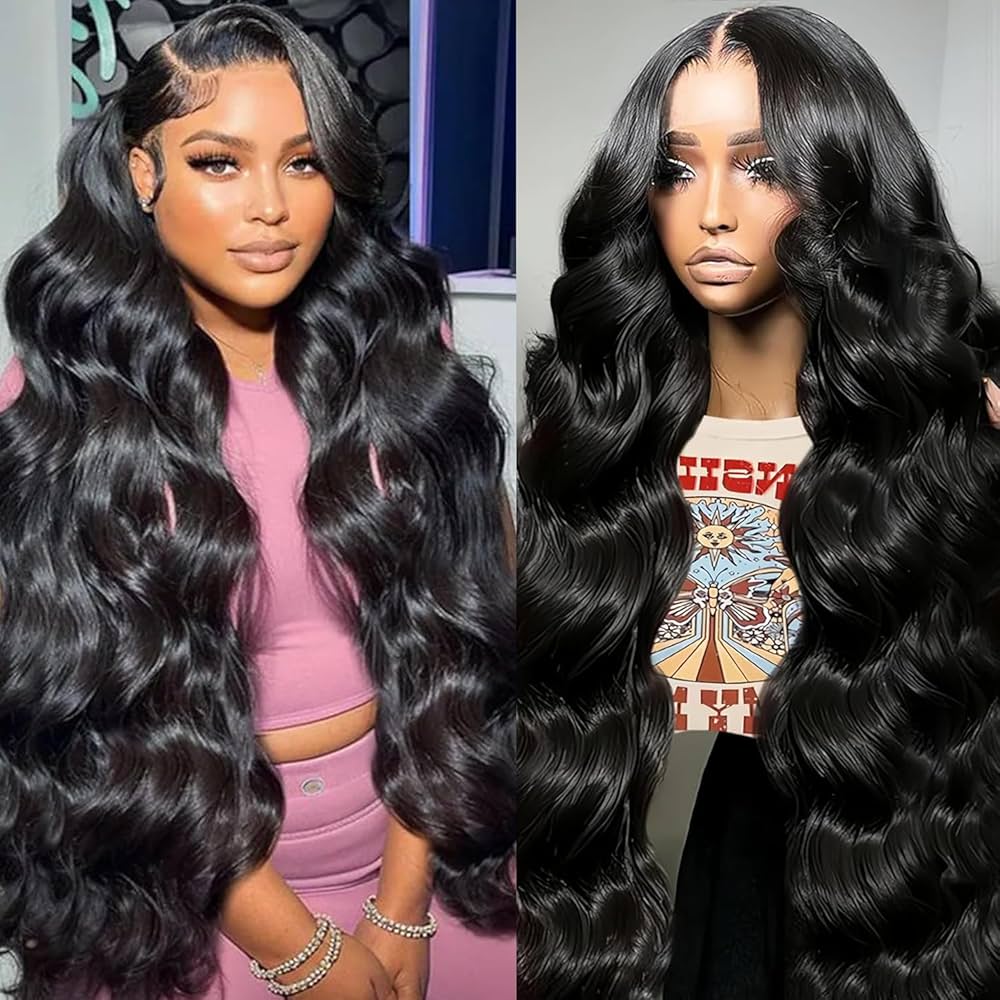
Drying Techniques for Human Hair Wigs
Proper drying techniques play a crucial role in maintaining the health and appearance of human hair wigs. After rinsing out the conditioner, gently squeeze out excess water using a clean, soft towel. Avoid rubbing the wig with the towel, as this can cause frizz and tangling. Instead, use a patting motion to blot the hair dry. For the most natural drying process, place the wig on a wig stand or Styrofoam head and allow it to air dry. Position the wig in a well-ventilated area away from direct sunlight or heat sources, which can cause damage or fading. Gently reshape the wig with your fingers to maintain its style as it dries.
For those short on time, using a blow dryer on a cool or low heat setting is possible, but requires caution. Hold the dryer at least 6 inches away from the wig and use a gentle, continuous motion to prevent heat damage. Consider using a leave-in conditioning spray before blow-drying to provide additional protection and reduce frizz. Regardless of the drying method chosen, avoid brushing or styling the wig until it is completely dry to prevent breakage and maintain the wig’s natural texture. By employing proper drying techniques, wig wearers can preserve the integrity of their human hair wigs and ensure they retain their shape and style after each wash.
Styling Your Freshly Washed Wig
Once the human hair wig is completely dry, styling can begin to achieve the desired look. Start by gently brushing or combing the wig to remove any tangles that may have formed during the drying process. Use a wide-toothed comb or specialized wig brush. Starting at the ends and working your way up to the roots to minimize breakage. For wigs with natural wave or curl patterns, consider using your fingers or a wide-toothed comb to style, as brushing may disrupt the natural texture. Apply a small amount of wig-specific styling product. Such as a leave-in conditioner or heat protectant, if heat styling is planned.
When using heat tools like flat irons or curling wands, always start with the lowest heat setting possible to avoid damaging the hair. Style the wig in sections, taking care not to apply heat to the same area repeatedly. For updos or complex styles, use wig-safe pins or clips to secure the hair without causing damage to the cap or fibers. Remember that human hair wigs can be styled much like natural hair, but require gentler handling to maintain their longevity. Experiment with different styling techniques to find what works best for the wig’s texture and desired look. By approaching styling with care and using appropriate products and tools. Wig wearers can achieve beautiful, natural-looking results that enhance their appearance and confidence.
Maintaining Wig Health Between Washes
Proper care between washes is essential for maintaining the health and appearance of human hair wigs. Establish a regular brushing routine, gently detangling the wig at least once a day to prevent knots and maintain its style. Store the wig on a wig stand or mannequin head when not in use to help preserve its shape and prevent tangling. Keep the wig away from heat sources, direct sunlight, and humid environments, which can cause damage or frizz. Use a silk or satin pillowcase if sleeping in the wig to reduce friction and minimize tangling. Apply a small amount of wig-specific leave-in conditioner or oil to the ends of the hair to combat dryness and add shine.
Avoid using excessive styling products, as these can build up on the wig and necessitate more frequent washing. When swimming or engaging in activities that may expose the wig to chlorine. Salt water, or excessive sweat, consider wearing a swim cap or protective covering. Periodically inspect the wig for signs of wear or damage, addressing any issues promptly to prevent further deterioration. By implementing these maintenance practices between washes. Wig wearers can extend the life of their human hair wigs, reduce the frequency of washing, and ensure their wigs always look their best.
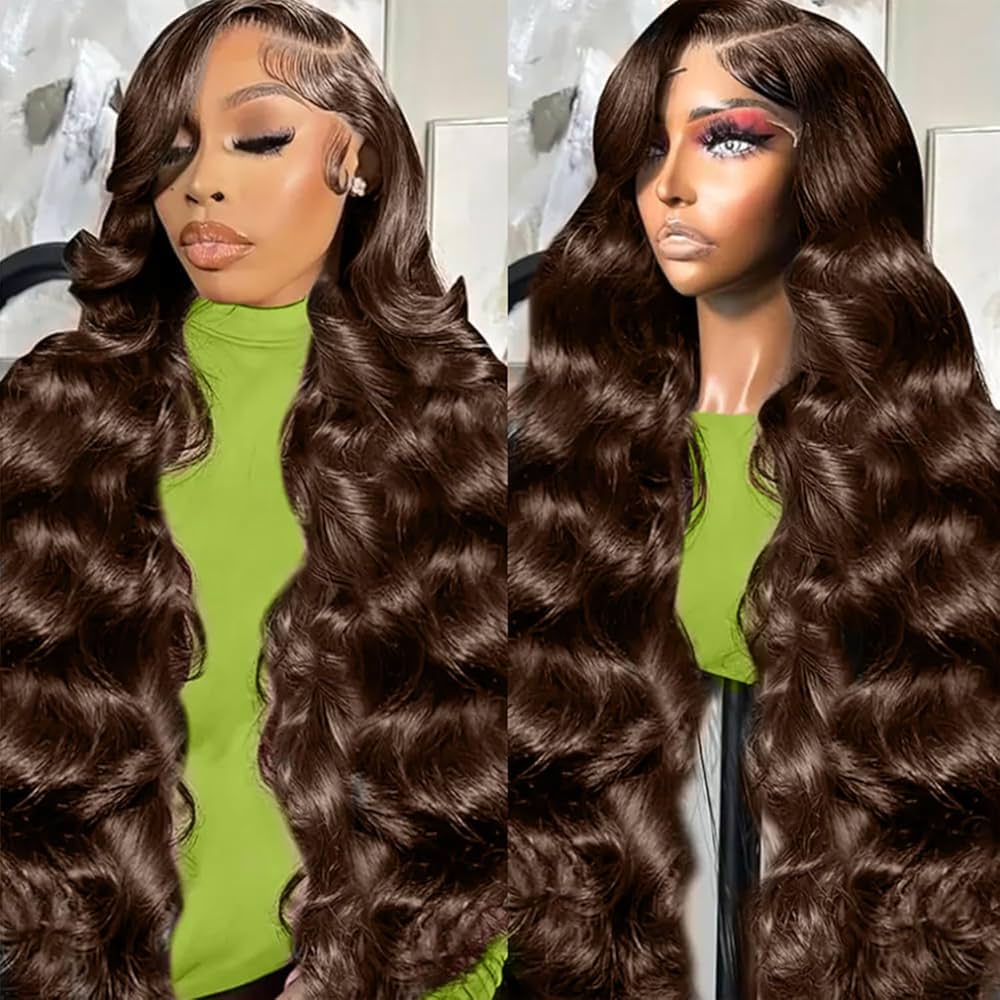
Troubleshooting Common Wig Washing Issues
Even with proper care, wig wearers may encounter challenges during the washing process. One common issue is excessive shedding. Which can be minimized by using a gentle touch and avoiding over-manipulation of the hair. If tangling persists after washing, try using a detangling spray and working through knots with your fingers before using a wide-toothed comb. For wigs that become frizzy after washing. Consider using a small amount of wig-specific serum or oil to smooth the hair cuticles. If the wig loses its shape or style after washing. Try resetting it using steam from a handheld steamer or the steam setting on an iron (without touching the wig directly).
Discoloration or fading can occur due to exposure to harsh chemicals or sunlight. Prevent this by using color-safe products and storing the wig properly. If the wig develops an unpleasant odor, try adding a few drops of tea tree oil to the washing water for its natural antibacterial properties. For wigs that feel dry or brittle after washing, incorporate a deep conditioning treatment into the care routine. By addressing these common issues promptly and adjusting care techniques as needed. Wig wearers can maintain the quality and appearance of their human hair wigs, ensuring long-lasting beauty and wearability.
Professional Wig Care and Maintenance
While regular at-home care is essential, professional wig maintenance can significantly extend the life and quality of human hair wigs. Consider visiting a professional wig stylist or specialized wig care service every few months for a thorough cleaning, conditioning, and styling session. These experts possess the knowledge and tools to address specific wig concerns and can provide personalized advice on maintaining the wig’s health. Professional services often include deep cleaning treatments that remove buildup more effectively than at-home methods.
They can also re-set the wig’s style, perform minor repairs, and assess the overall condition of the wig. For color-treated human hair wigs, professional colorists can touch up or refresh the color while maintaining the integrity of the hair. Additionally, professionals can advise on when it’s time to replace a wig or suggest alterations to extend its wearability. While professional services may represent an additional cost. They can ultimately save money by prolonging the wig’s lifespan and maintaining its quality. By combining regular at-home care with periodic professional maintenance. Wig wearers can ensure their human hair wigs remain beautiful, comfortable, and natural-looking for years to come.
